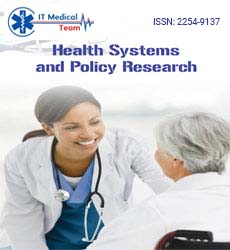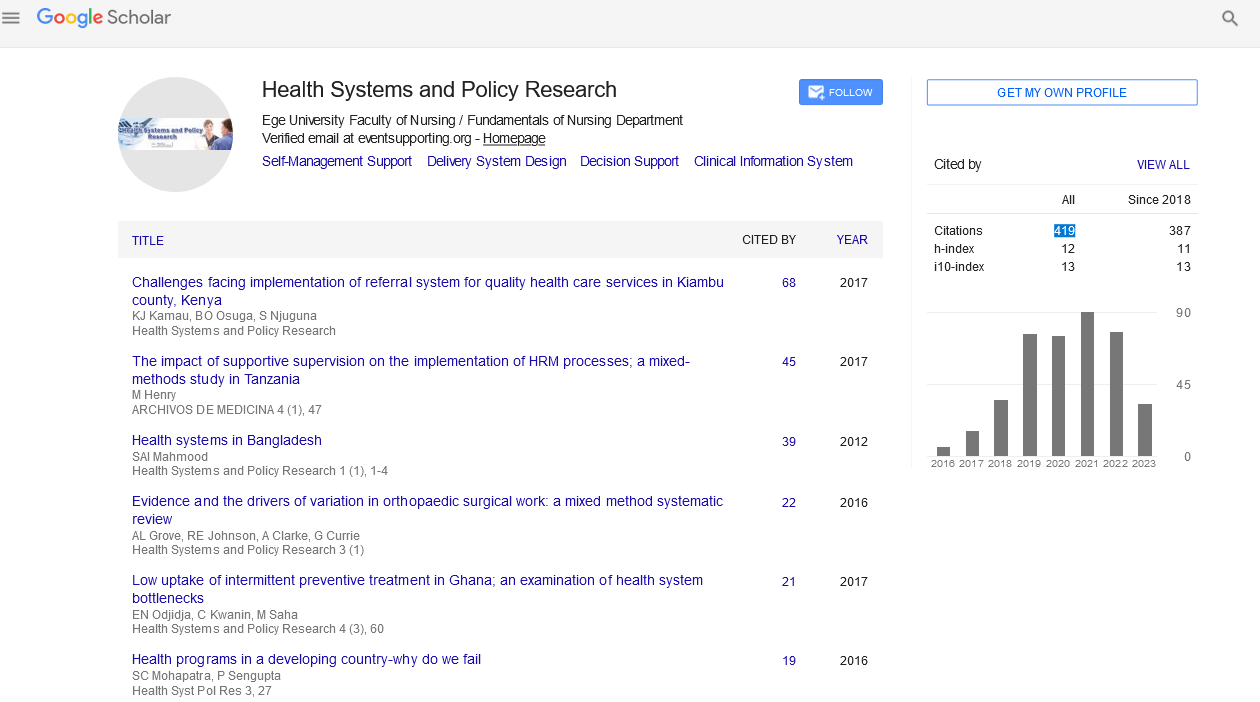keywords
Traditional medicine, traditional physicians, spiritual health, herbal medicines, health care
Introduction
The National Traditional Medicine Hospital was established on 28 June, 1968 with a small dispensary unit in Dechencholing, Thimphu under the then Department of Health, through a Royal Decree by His Majesty Jigme Dorji Wangchuck, the Third King of Bhutan. The dispensary was staffed by two Traditional Physicians; Drungtsho Pema Dorji and Drungtsho Sherab Jorden who were trained in Tibet. They drafted curriculum and started the Three-Year-Menpa (Clinical Assistant) course in 1971. The Five Year Drungtsho (Traditional Physician) Course was started in 1978 with the appointment of Thubten Lebi Lodroe alias Ladakh Amji as the Principal.
The dispensary was shifted to Kawa Jangsa in Thimphu and upgraded to National Indigenous Hospital in 1979 with separation of Training Centre, National Institute of Traditional Medicine in 1988. In 1998, NITM was upgraded to Institute of Traditional Medicine Services. NITM came under the Royal University of Bhutan in 2008 and in 2013, it was renamed and became the Faculty of Traditional Medicine under Khesar Gyelpo University of Medical Sciences of Bhutan.
The Pharmaceutical Research Unit was created in 1997 with modern equipment to conducts research for further quality control of raw materials and finished products for traditional medicines as well as developing new products. PRU was renamed Menjong Sorig Pharmaceuticals in 2008.
Similarly ITMS [1] was upgraded to Division of Traditional Medicine in 2012 and further upgraded to department of Traditional Medicine Services in nutrition under the Ministry of Health [2]. The Department has three divisions viz. Division of Traditional Healthcare, Dividion of Local Healing and Spiritual Health (LHSH), Division of Menzerigpa and Zhibjuk (Research).
Historical Background
Bhutan was called as Menjong, or the valley of medicinal herbs due to its rich medicinal flora and fauna. Though the names of the physicians are not mentioned, history reveals that various rituals and treatments were performed to cure King Sindhu Raja, A king from India who took refuge in the valley of Bumthang in the 8th century. History also tells that Kings would have their personal physicians. His ministers invited Padmasambhava, a Tantric Master, who was then meditating in Nepal.
After liberating the king from his illness, Padmasambhava hid medical texts in rocks, lakes and caves that were rediscovered later by treasure discoverers from Paro. Stone bowls, where his consort Khandrom Yeshey Tshogyel crushed medicines can be seen today in Nering Singye Dzong in Lhuentsi. She collected medicinal plants from Menlungna, Lhuentsi where plants are in abundance today.
After the arrival of Zhabdrung in the 17th century, Bhutanese were sent to Tibet to learn medicine. Zhabdrung himself had great interest in medicine. His disciples such as Desi Tenzin Drukdra and Gyalsey Tenzin Rabgye contributed much to the propagation of traditional medicine. The royal courts privately employed at least one or two physicians [3].
Concept of Physiology
Every individual is a microcosm within a macrocosm. Just like the Earth, every individual is composed of Five Elements: Earth, Water, Fire, Air and Spaces. In individuals, Five Elements are present in the form of Three Humors: Wind, Bile and Phlegm. Humours are energetic forces that form and govern the function of the body. In a healthy body these Humors are in a state of balance. Owing to many internal and external variant factors such as age, environment, season, psychological state etc., the inherent ratio of the Humours become imbalanced. The body’s natural tendency is to maintain equilibrium and it does so by eliminating any excess Humors and trying to acquire those that are depleted [4].
Disease, Diagnosis and Treatment
Disease is perceived as disharmony of Three Humors. The primary cause is the Ignorance that multiplies into 3 mental poisonsdesires, anger and ignorance which cause Wind, Bile and Phlegm respectively. Secondary causative factors are Seasonal Changes, Influence of Spirits, Improper Diet and Improper lifestyle. Diseases are investigated through Visual Observation that includes overall body examination, tongue reading and Urinalysis; Feeling the patients pulse with fingers and Questioning. The first remedy advised is change in food and lifestyle as many illnesses arise from improper diet and lifestyle. The next comes the herbal medicines. Herbal medicines are formulated using natural grown Himalayan herbs. In some cases, Animals parts are also used [5]. Therapy includes Gold/Silver Needle, Moxibustion, Numtshug, Medicinal bath and steam, Nasal Irrigation, Bloodletting. Some Traditional Physicians are also trained in Chinese Acupuncture in Mongolia. After a much debate, Acupuncture is added to the TM services.
Special recognition for traditional medicine practitioners
For the service and bringing remarkable changes to the development of traditional medicine in Bhutan, Druntsho Pema Dorji was decorated with the Druk Thugsey Medal by HM Jigme Singye Wangchuk the Fourth King of Bhutan during the Silver Jubilee Celebrations on June 2, 1999. Likewise, His Majesty Jigme Khesar Namgyel Wangchuk conferred the Druk Thuksey medal during the 108th National Day celebrations on 17th December 2015.
Present status of traditional medicine
From a single indigenous dispensary unit in 1968, Traditional Medicine services are catered all over the nation with 57 Units in the country. Around 15% of the Bhutanese population depends on traditional medicine services to treat their diseases.
Menjong Sorig Pharmaceuticals manufactures 98 medicines to meet demand from district hospitals. 70% of raw materials are collected from within while the rest are imported from India. Faculty of Traditional Medicine under KGUMSB continues to produce drungthos and menpas every year. As of 2016, it produced 75 drungtshos and 116 menpas. It also conducts research and brings out publications on the vast ancient wisdom of traditional medicine.
Conclusion
The constitution of Bhutan guarantees free health care services, yet the sustainability is questioned as the numbers of noncommunicable diseases are rising drastically. Traditional medicine is most sustainable system as the medicines are produced within the country and human resources are also developed in the country. Therefore, it is very important that the system of medicine be further strengthened and promoted. Traditional medicine has potential to make Bhutan a unique destination for health tourism too.
19601
References
- Tandin D, Bjorn M (2012) Medical history of Bhutan. Centre for research initiatives.
- Ugyen D, Kinga J (2010) Scope and challenges of Bhutanese traditional medicine. Annual health bulletin-2010, Ministry of Health.
- (2001) WHO:Legal status of traditional medicine and complementary/alternative medicine: A Worldwide review.
- (2002) Institute of traditional medicine services, Institute at a Glance, First Edition.
- Sonam C (2016) Principle of nutrition and dietetics in sowa rigpa. Bhutan Health Journal Vol 2.





